This website uses cookies so that we can provide you with the best user experience possible. Cookie information is stored in your browser and performs functions such as recognising you when you return to our website and helping our team to understand which sections of the website you find most interesting and useful.

By Hesham Elgammal on 11 Jan 2025
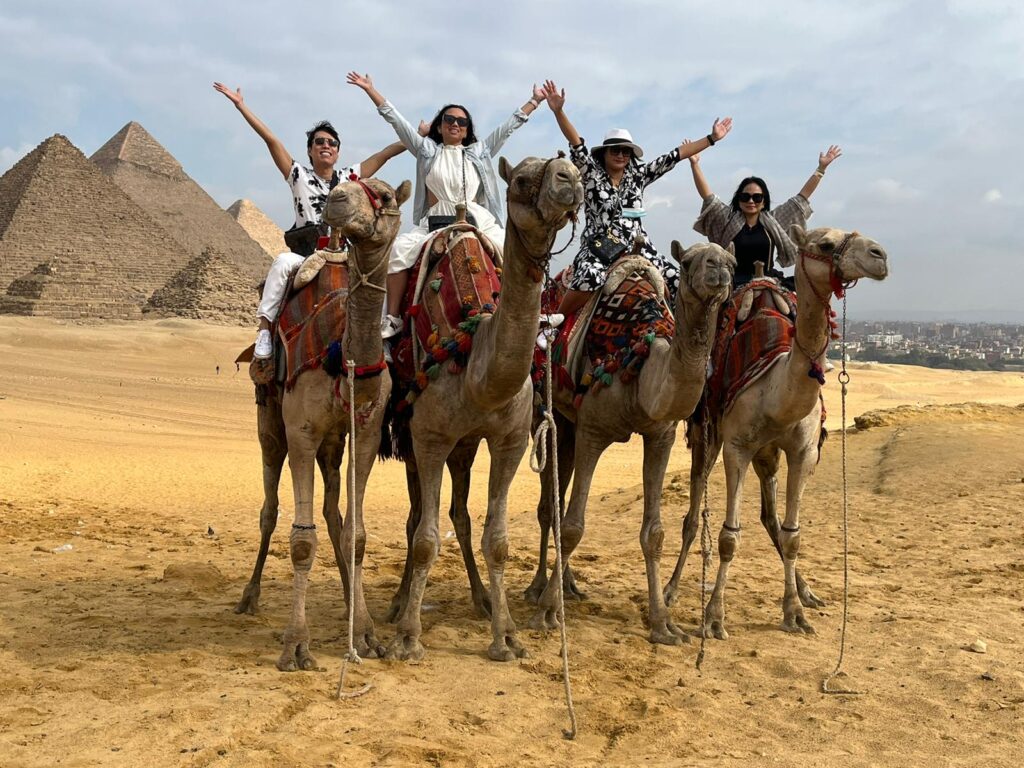
Jordan and Egypt can only be separated by the Gulf of Aqaba. For many who make the long trip to the Middle East, it is often a good idea to visit multiple countries on the same trip. It was a natural choice to combine them. We love cultural travel, exploring UNESCO Heritage Sites, and exploring ancient ruins. It is easy to see the top attractions of Egypt and Jordan tours in just 2 weeks.
Egypt and Jordan not only have thousands of years of history, culture, and traditions. However, visitors can also visit the country to see one of the latest Wonders of the World and stand at the feet of the last Wonders of the Ancient World.
Although they are just a short distance from each other, Jordan and Egypt differ in how to travel around, independence, currency, visa policies, and ease of traveling. Read on to find out our Egypt and Jordan itinerary for 2 weeks and important travel tips before you go.
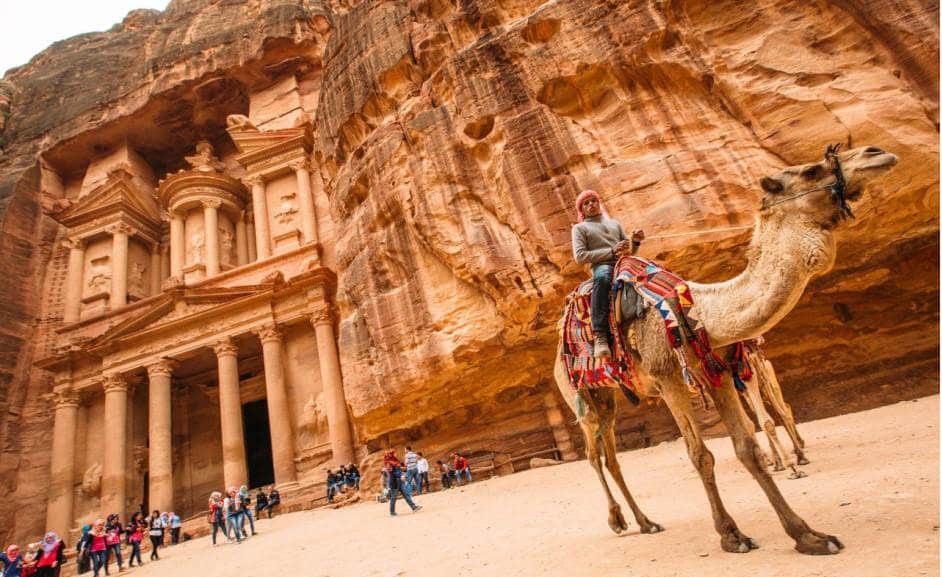
Petra Jordan
Here are some quick tips for Egypt and Jordan Tours
- When is the best time to visit Egypt or Jordan? September to November, March to May, or March to early April are the best months to visit Egypt or Jordan. Jordan and Egypt can get too hot in the summer months of June to August. Jordan experiences mild weather from November to February, but Egypt can experience extreme cold from November through February. Some areas of Jordan receive snow during the winter months.
- Visit Jordan and Egypt during Ramadan. Both Jordan and Egypt are home to the majority of the Muslim population. During Ramadan, Muslims fast from dawn until sunset. Although the hours of operation for tourist attractions may be slightly different, they are generally open as normal. As a sign of respect, it is important that you avoid drinking in public. Many restaurants will stop serving alcohol.
- Languages in Jordan and Egypt: Arabic is the most widely spoken language in Jordan and Egypt. However, most people (especially those working in hospitality or food and beverage) can speak English fluently. Communication should not be a problem.
- Currency in Egypt and Jordan. The Egyptian Pound (LE), in Egypt, is used, and the Jordanian Dinar in Jordan. Exchanging money is easy at Queen Alia International Airport, Amman, and Cairo International Airport. In Jordan and Egypt, cash is the best. However, international hotels accept credit cards (mainly Visa and Mastercard). It is a good idea to have small-denomination notes.
- Visa policies for Egypt and Jordan: You can easily purchase visas upon arrival in either Jordan or Egypt. For approximately US$56, the visa on arrival in Jordan is 40 JOD. The visa on entry for Egypt is US$25. The Jordan Pass is recommended for those who plan to spend at least one week in Jordan. The Jordan Pass, a city pass, grants you access to over 40 attractions in Jordan. It costs between 70 and 80 JOD (US$99-113), depending on how many days you plan to spend at Petra Archaeological Park. A Jordan Pass does not require you to purchase a separate visa upon arrival. Your entry into Jordan is covered as long as you stay more than three nights. In Egypt, there is no equivalent “city pass”.
- Egypt and Jordan dress code: Although there are no specific dress codes for major tourist attractions in Egypt or Jordan, it is best to dress conservatively to show respect. While women are not permitted to wear scarves when they travel in cities, it is acceptable for them to cover their shoulders and knees when visiting Coptic churches or places of worship in Egypt. Certain mosques, such as the King Abdullah I Mosque in Amman, require women to wear an abaya.
- Water in Egypt and Jordan: Tap water is unsafe in Egypt or Jordan. Boil water first before you drink it, or use a water purifier bottle.
- You should bring plenty of sunscreens and a hat. Also, you need to have a refillable water bottle and wet wipes. My Canon 6D was my primary camera, but many smartphones are capable of taking amazing travel photos. If you are a recreational drone user, don’t bother packing one. Jordan and Egypt have very strict drone laws. Many people end up getting their drones confiscated at airports.
This article was updated and re-written in part by Hesham El Gammal; on January 11th, 2025 + fact-checked.
Categories
- Egypt and Jordan Tours (12)
- Egypt Destinations (26)
- Egypt Nile Cruises (40)
- Egypt Sightseeing (14)
- Egypt Tour Packages (18)
- infographics (1)
-

Nile Cruisers Reviews
25 Mar 2025
-

Egypt Safari Trips in Siwa & White Desert
20 Dec 2025
-

Why Choose Nile Cruisers to Book Your Egypt Nile Cruise?
12 Dec 2025
-

Celebrate Christmas in Egypt: Best Egypt Travel Tour Packages for Year-End Getaways
12 Dec 2025
-

Make Your Year-End Special: Festive Egypt Tour Packages for Winter Travel
12 Dec 2025
-

The Lake Nasser Luxury Cruise Ships
09 Dec 2025
-

Sacred Egypt – Spiritual Tours
07 Dec 2025
-

Nile Cruisers Reviews
25 Mar 2025
-

Egypt Safari Trips in Siwa & White Desert
20 Dec 2025
-

Why Choose Nile Cruisers to Book Your Egypt Nile Cruise?
12 Dec 2025
-

Celebrate Christmas in Egypt: Best Egypt Travel Tour Packages for Year-End Getaways
12 Dec 2025
-

Make Your Year-End Special: Festive Egypt Tour Packages for Winter Travel
12 Dec 2025

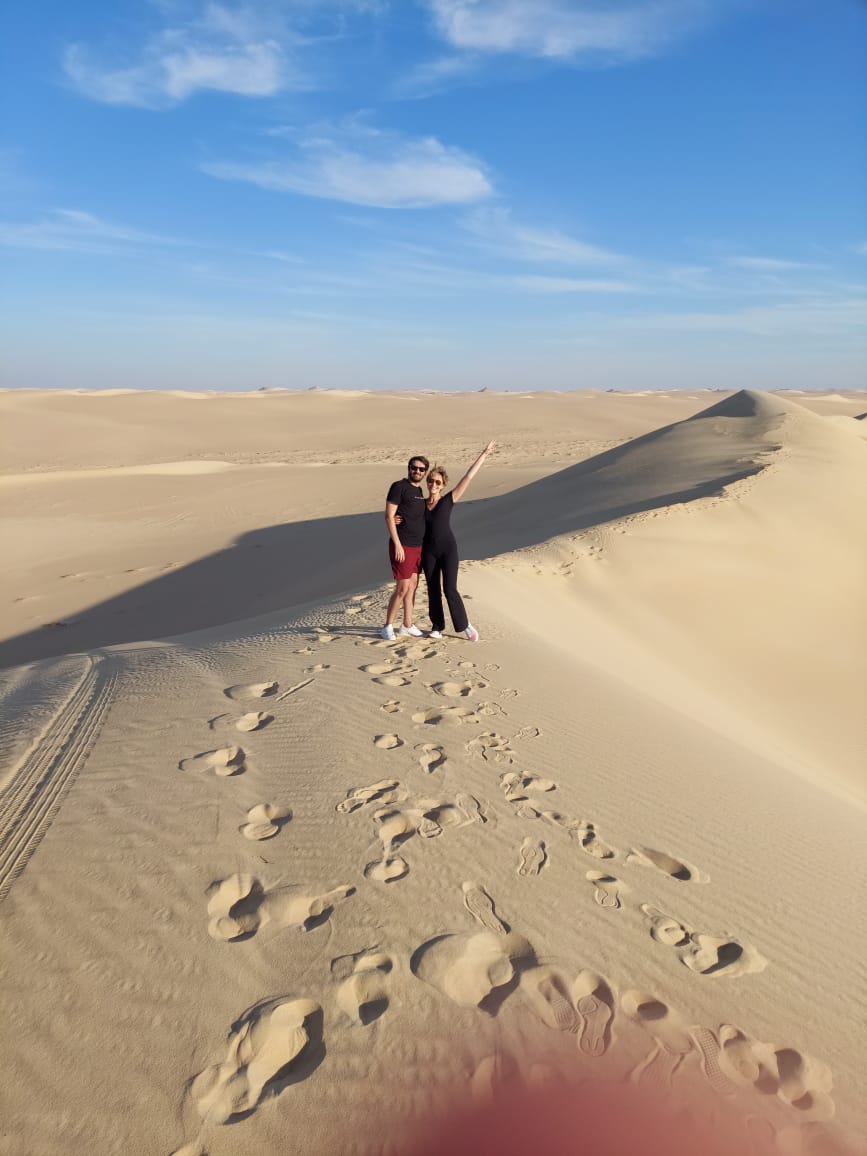



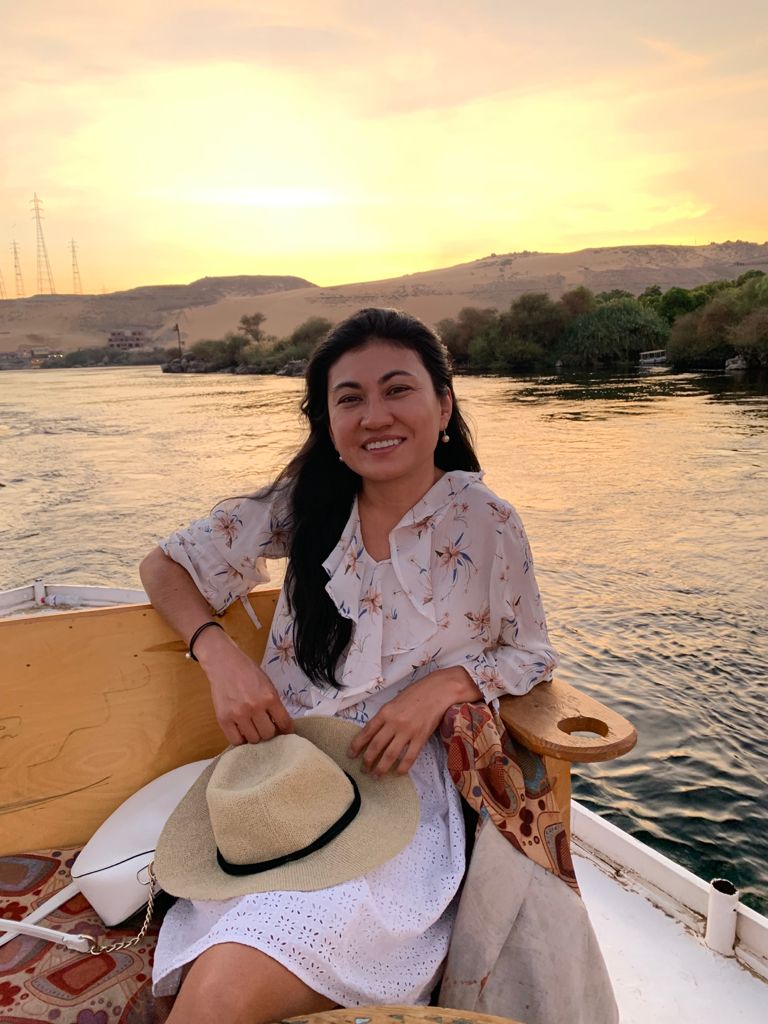
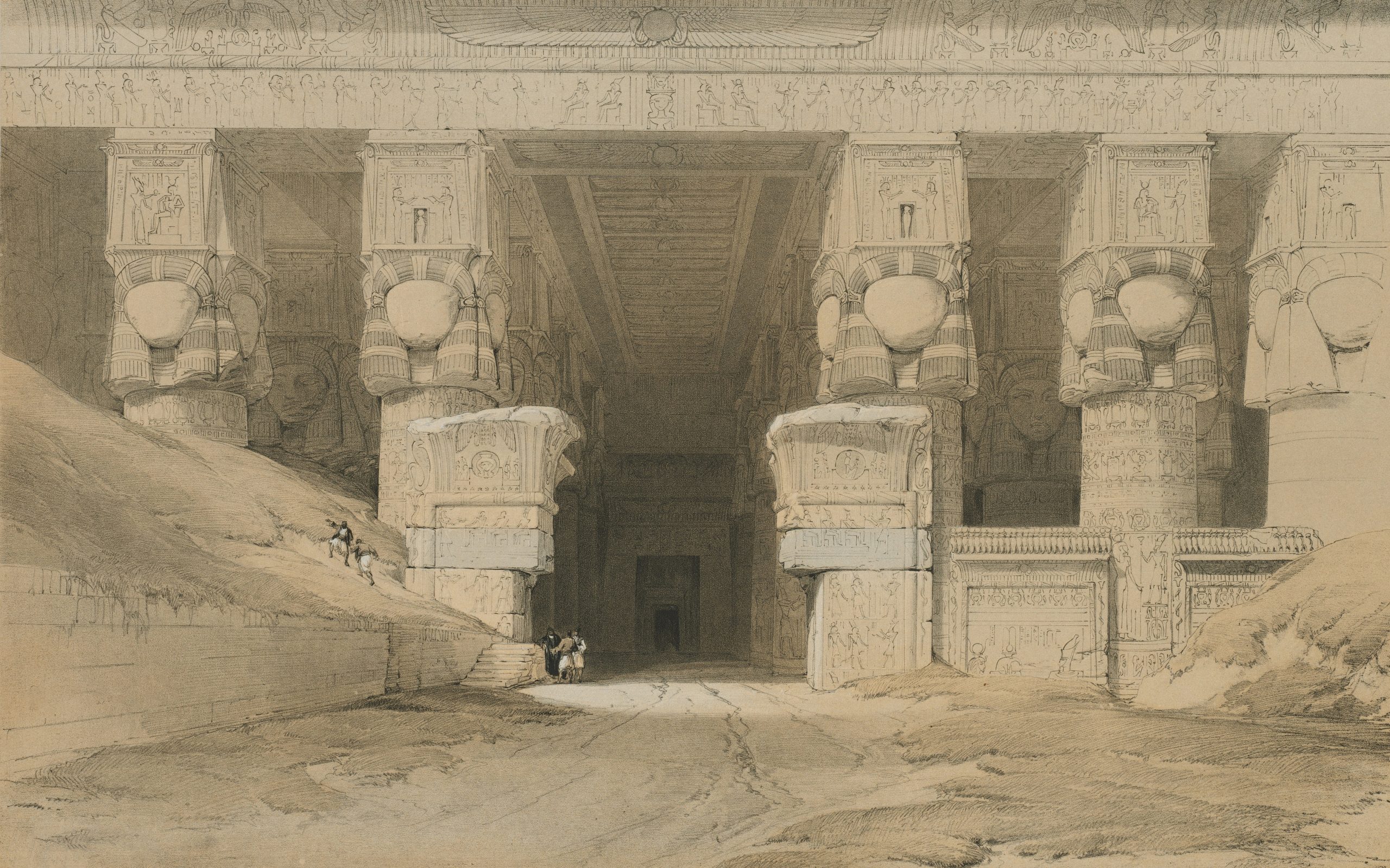





Comments